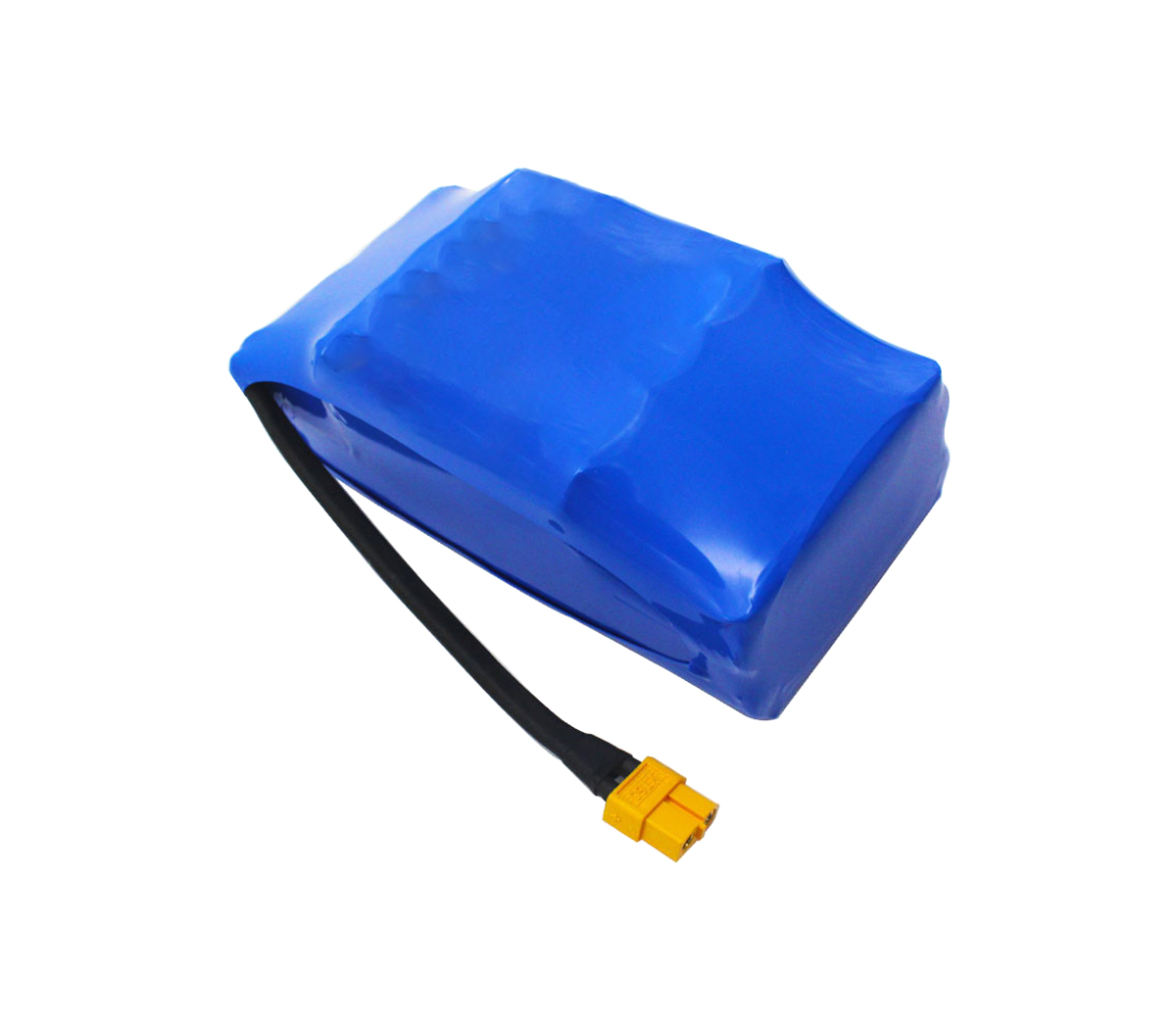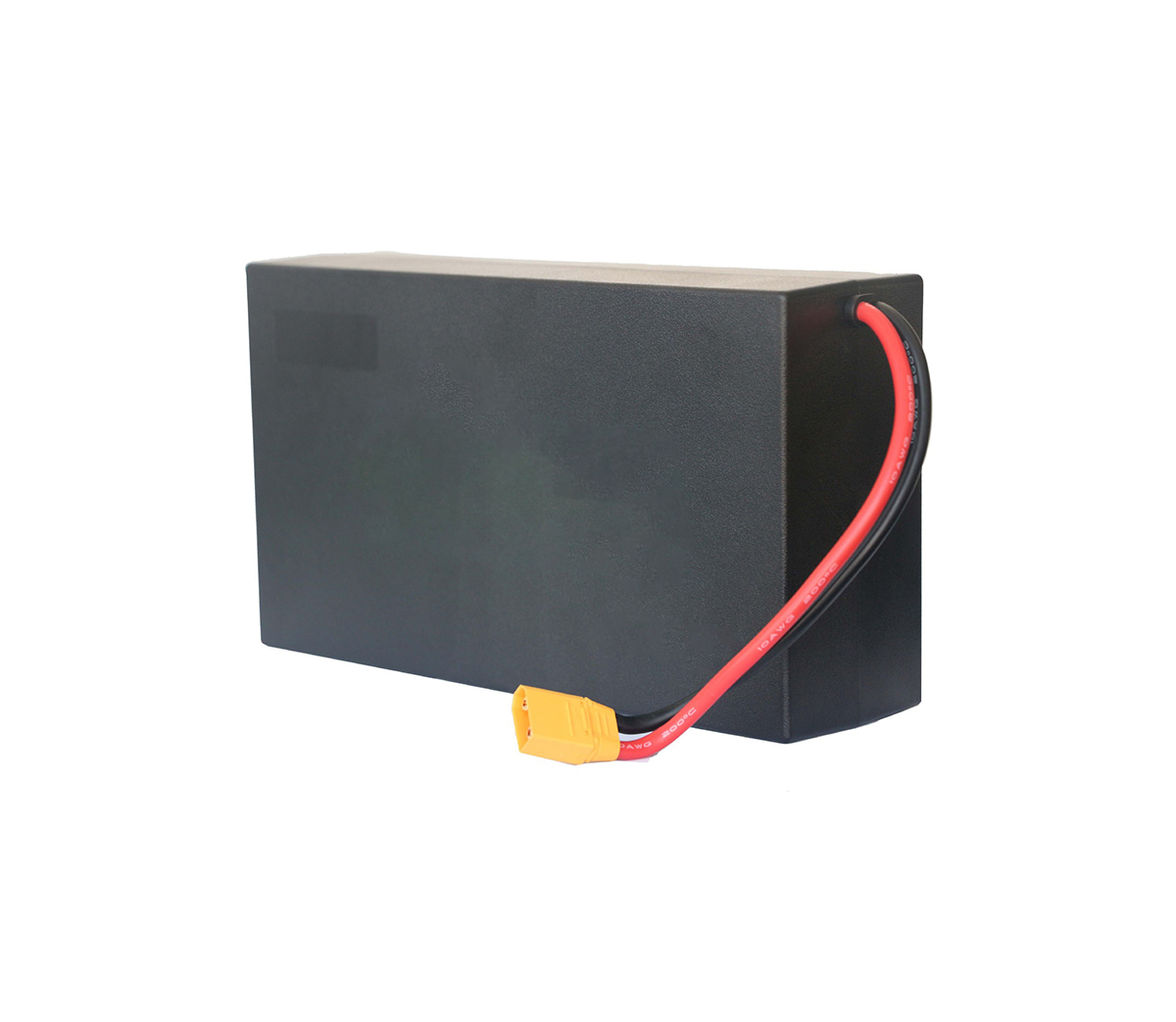Introduction of three major technologies for the development and practical
application of automotive electronic systems
In the past few decades, the number and complexity of automotive electronic
systems have increased tremendously. Due to the extensive use of electronic
components, such as various sensors, microprocessors, electric drives, etc., the
cost of automobiles has greatly increased. Today, electronic systems on
mid-to-high-end vehicles have accounted for more than 23% of the total vehicle
manufacturing costs. The average cost of electronic products on a car rose from
US$110 in 1977 to US$1,800 in 2001. Automotive experts believe that 80% of the
current new technologies in automobiles come from the continuous update and
progress of electronic systems. It is estimated that in the next ten years, the
proportion of automotive electronics and electronic technology-related products
in the total vehicle cost will rise from the current 20% to 32%. The growth rate
of automotive electronics will rise from the current 10% to 20%.
Due to people's pursuit of energy-saving, safety, comfort, convenience and
luxury of automobiles, higher requirements are put forward on the performance of
automobiles. The use of traditional machinery has not been able to further
significantly improve the performance of the car. In recent years, the rapid
development of microelectronics technology, especially the tremendous progress
of microcomputer technology, has combined electronic technology with traditional
machinery, making the environmental protection, energy saving, safety, comfort,
convenience, and intelligence of automobiles all available. Get a good
solution.
The author believes that the current and practical automotive electronics
technologies are mainly concentrated in three areas, namely the following three
technologies:
(1) The development and use of electronic control technology, namely
electronic control or X-by-wire technology;
(2) The continuous use and popularization of vehicle network systems,
especially CAN networks;
(3) The new voltage system 42V (volt) to be adopted for the whole vehicle
electrical system.
The development of these three technologies, some have already begun to be
practical, and some are about to be put into practical use. For this reason,
when our country introduces new models with these new technologies, it also
needs to be familiar with and research on these technologies. Only in this way
can we improve our car design and manufacturing level, so that our car
manufacturers can reach it as soon as possible. International level.
2X-by-wire technology
In the past, automobiles used to be the world of mechanical and hydraulic
systems. With the continuous improvement of people's requirements for
automobiles, especially the requirements for emissions and safety, today's
automobiles have become a highly mechatronics automatic system. With the
development of technology, this trend becomes more and more obvious.
People now often mention a noun "X-by-wire", "wire" means wire, "by-wire"
can be understood as an electronic control method, and the "X" here is like an
unknown number in a mathematical equation, representing The various components
in the car that are traditionally controlled by mechanical or hydraulic
pressure, such as the engine, suspension, steering gear, etc., are large, and
the small ones are throttle, door locks, etc. Obviously, in order to meet
people's higher requirements for automobiles, these mechanical or hydraulically
controlled components are gradually being transformed into electromechanical and
hydraulic integrated control, or even into a purely electronic control
method.
At present, the work of replacing mechanical components with reasonably
configured electronic components is proceeding in an orderly manner, and the
performance and level of the system have also been continuously improved. The
cost of advanced electronic systems is also plummeting. Complicated
high-performance electronic components such as chassis control and sensitive
sensing have been applied to high-end cars and gradually become the
mainstream.
The highly reliable fault-tolerant electronic control system X-by-wire does
not rely on traditional mechanical and hydraulic devices. It makes the car
lighter, cheaper, safer and more fuel-efficient. Its self-diagnostic system and
adaptation system are suitable for all types of vehicles. This system can
eliminate the car's drive belt, hydraulic brake pump, and even the steering
column, resulting in a car without a steering wheel.
In fact, by 2010, one-third of new cars will have electronic driving
systems. The X-by-wire driving system under development will replace the
steering column with an angle sensor and feedback motor. A serial network
provides control links to the executive motors mounted on the wheels. This
change in the steering column will improve the safety of the driver in the event
of a collision. It will simplify left and right hand driving parts.
On the basis of this electronic system, it is very easy to add some
advanced functions. For example, in the mechanical steering system, the driver
cannot use the steering wheel correctly at high speed (for example, due to
panic, steering too fast), and the electronic control method can drive the
executive motor within an appropriate range to skip this out-of-control
phase.
All major automakers are developing the prototype of the X-by-wire system
and its products. For example, the TRW electronic driving assistance system has
increased fuel economy by 5%. Delphi Automobiles claims to have made similar
improvements in E-steersystem. Bosch, Valeo and other equipment manufacturers
have developed or are developing X-by-wire technology and products.
3 car network
With the development of automotive electronic technology, many electronic
control units have appeared in automobiles, such as engine control modules
(ECM), BVA computers, smart displays, ABS, etc. There is a large amount of
information exchange between these electronic components with microprocessors.
In the past, wires were used as the standard connection method for electrical
components. However, with the continuous increase of electronic products, more
and more connection lines have become barriers to technological development.
Using the traditional wiring harness solution will greatly increase the
length and number of connections, while the ever-increasing wiring harness and
increasing number of connectors increase the quality of the car, weaken the
performance, and make it difficult to guarantee reliability. For a normal
driving vehicle, every time the wiring harness exceeds 50g or the energy loss
exceeds 100W, the fuel consumption per 100 kilometers will increase by 0.2L.
Moreover, the complicated wiring harness connector makes the voltage drop
significantly, restricts the normal use of other functions, and becomes the most
expensive and cumbersome part of the automotive electronic system.
The car network system is to connect the electrical components to the car
control network, just like the computer is connected to the local area network.
These networks can easily share information and resources, thus successfully
solving the above technical difficulties. This is also a typical example of the
successful combination of modern computer network technology and automotive
electronics technology. At present, the in-vehicle network system has begun to
be widely used all over the world. The most widely used network protocol
standard in automobiles is the CAN (Controller Area Network) network.
In the mid-1980s, Bosch company developed this kind of control local area
network, which is the earliest and longest used car control network. CAN network
has been widely used in current automobiles. In 2000 alone, sales of related
devices exceeded 100 million.
A typical vehicle with a CAN network can accommodate 2 to 3 independent CAN
networks operating at different transmission rates at the same time. The
low-speed CAN network runs at 125Kbps and is usually responsible for managing
"comfort functions", such as electric seats. , Electric glass lift and so on. In
general, low-speed networks are used for control without real-time requirements.
It has energy storage-sleep mode, in this mode, the node stops oscillating until
a CAN network message wakes it up. Sleep mode prevents power consumption.
High-speed CAN network is used to meet important control with high
real-time performance. Such as: engine management, ABS, cruise. Although the
maximum baud rate of the high-speed CAN network can reach 1Mbps, large
electromagnetic radiation is generated in the twisted-pair cable during the
high-speed operation of the CAN network. When the transmission rate exceeds
500kbps, the energy loss will increase rapidly. So the general high-speed
network is 500kbps.
4 power supply and 42V solution
With the rapid increase of electronic systems in automobiles, they will
consume a lot of electric energy, making the total load about to exceed 2kW.
Internal energy demand will increase at a rate of 4% per year. If this trend
continues to go down, then conservatively estimated that by 2005, the average
power demand of high-end cars will reach 2.5kW. This growth will make the
current power supply system appear to be inadequate. For example: under a load
of 3kW, a generator with a bracket and a belt drive will emit obvious noise, and
additional cooling devices are required.
In an automotive electronic system, for a specific power, the increase in
the voltage value can reduce the system current. The small current can reduce
the loss on the wire, so that a thinner and smaller wire harness can be used.
Increasing the voltage value can also reduce the volume, quality and loss of the
electrical device itself, and it is also conducive to the miniaturization of the
control device and the improvement of the integration.
The 42V electrical system needs a 36V battery, the maximum working voltage
is 50V, and the peak voltage can reach 58V. This is because 60V is the maximum
safety limit that engineers think. Higher voltage will cause harm.
Although the advantages of the 42V system are obvious, the conversion from
a 12V system that has been in use for half a century to a 42V system requires a
great deal of redesign and manufacturing of products, and maintenance and
upgrades will bring obstacles. Therefore, it is currently more realistic to
adopt a 14V/42V dual-voltage solution to reduce the impact on the auto parts
manufacturing industry and achieve a smooth transition.
The conversion process of 14V/42V dual voltage is as follows: the
alternator outputs a high voltage of 42V, and with the help of a DC/DC converter
(direct current converter), 42V is converted to 14V. In this system, the DC/DC
converter divides the power supply system into two power supply systems with
different voltage levels. In addition to step-down, it also plays an important
role in the power distribution management of the entire electrical system.


































